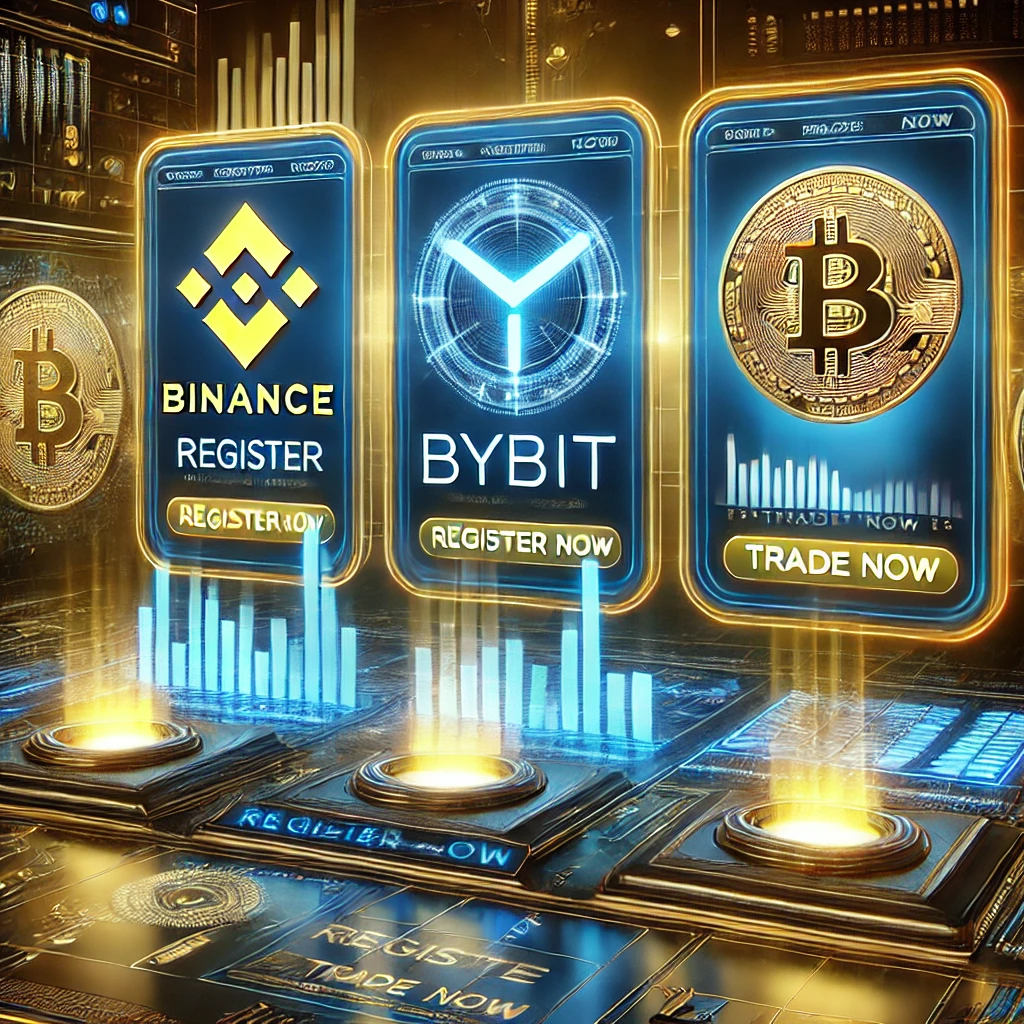Cardano (ADA) has experienced a remarkable journey since its inception, marked by several key events that have shaped its development and established its presence in the blockchain ecosystem. Here’s a timeline highlighting the most significant milestones in Cardano’s history:
1. 2015: Concept and Foundation
- Idea Development: Cardano was conceptualized by Charles Hoskinson, co-founder of Ethereum, aiming to create a more secure and scalable blockchain platform.
- Foundation Established: The Cardano Foundation was established in 2015 to oversee the development and promotion of the Cardano platform.
2. 2017: Launch of Cardano
- Initial Coin Offering (ICO): Cardano conducted an ICO, raising approximately $62 million to fund the project. The ICO allowed investors to acquire ADA tokens.
- Mainnet Launch: Cardano’s mainnet, called Byron, was launched in September 2017, allowing users to buy, sell, and transfer ADA.
3. 2018: Development Progress
- Shelley Phase Initiation: Development focused on the transition to the Shelley phase, which aimed to enhance decentralization and introduce the proof-of-stake (PoS) consensus mechanism.
- Partnerships Established: Cardano began forming partnerships with various organizations and governments to promote blockchain adoption, especially in developing countries.
4. 2020: Transition to Shelley
- Shelley Mainnet Launch: In July 2020, Cardano launched the Shelley mainnet, enabling users to stake their ADA and participate in the network’s consensus process.
- Increased Decentralization: The launch marked a significant step toward decentralization, allowing ADA holders to delegate their stakes to staking pools.
5. 2021: Smart Contracts and Goguen Phase
- Smart Contracts Introduction: In September 2021, Cardano successfully launched its smart contract functionality through the Alonzo upgrade. This allowed developers to build decentralized applications (DApps) on the platform.
- Goguen Phase Launch: The Goguen phase focused on enhancing Cardano’s capabilities for smart contracts and DApps, attracting developers and projects to the ecosystem.
6. 2021: NFT and DeFi Developments
- Growth of NFTs: With the introduction of smart contracts, Cardano saw an increase in the creation and trading of non-fungible tokens (NFTs), establishing NFT marketplaces and projects within its ecosystem.
- DeFi Projects Emergence: The launch of smart contracts led to the development of decentralized finance (DeFi) applications on Cardano, allowing users to participate in lending, borrowing, and trading.
7. 2022: Continued Growth and Updates
- Further Enhancements: Cardano continued to implement upgrades and improvements to enhance network performance, scalability, and user experience.
- Community Engagement: The Cardano community actively participated in governance through Project Catalyst, proposing and funding various projects aimed at improving the ecosystem.
8. 2023: Ongoing Developments
- Interoperability Initiatives: Cardano focused on enhancing interoperability with other blockchains, enabling seamless interactions and broader use cases for ADA.
- Sustainability Efforts: Continued efforts to promote sustainability and energy efficiency in the blockchain space were emphasized, aligning with global trends toward eco-friendly technologies.
Conclusion
The history of Cardano is characterized by a commitment to scientific research, innovation, and community engagement. From its inception as a concept to its evolution into a leading blockchain platform, Cardano has made significant strides in advancing blockchain technology.
As the platform continues to develop and expand its capabilities, it is well-positioned to make a lasting impact on the blockchain ecosystem and contribute to various sectors through its focus on decentralized applications, financial inclusion, and social good. If you’re interested in exploring Cardano and its potential, consider signing up on Binance to access its features and offerings. Embrace the potential of Cardano and the exciting world of cryptocurrencies!

